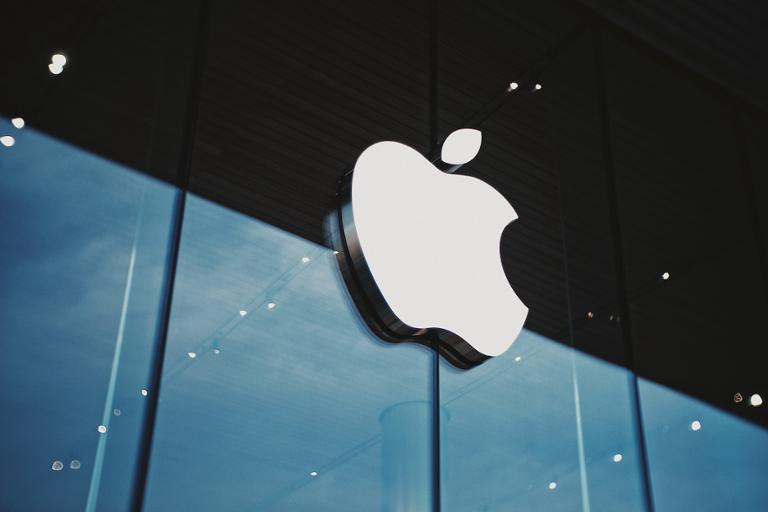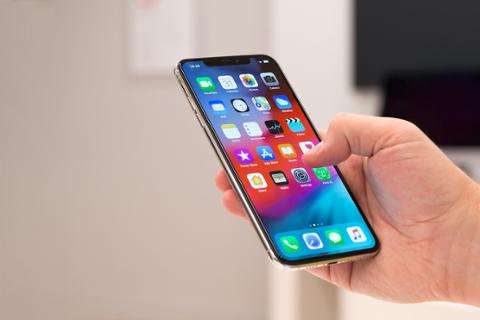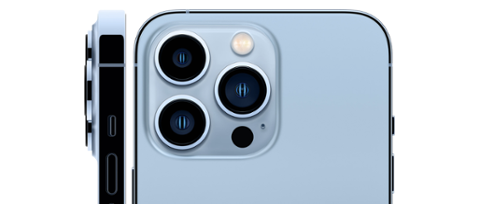Rumors of Apple building an augmented-reality (AR) headset have drifted through the technology industry for quite some time. A new report by Bloomberg reporter Mark Gurman, however, puts a more definitive date on when such a device might finally hit the market: 2022.
“Apple’s first headset will have a complex, expensive-to-build design, complete with interchangeable lenses,” Gurman wrote. “The company will likely need to work with governments globally on possible prescription lenses and partner with a bevy of manufacturers on complex technologies that neither side has shipped before.” (Hat tip to 9to5Mac for the link to Gurman’s newsletter.)
Given that complexity, Apple might follow the same playbook as with previous hardware releases: Unveil the product, then wait several months before making it available to consumers. That could give developers a nice little window to develop apps and services with publicly available tools and documentation before “Apple Glasses” (or whatever they’re eventually called) appear on store shelves.
Since 2022 is right around the corner, any technologists interested in AR should review Apple’s existing software for building AR apps. Fortunately, Apple has been preparing this ground for quite some time: As far back as WWDC 2019, for example, the company rolled out RealityKit, its AR tooling platform. RealityKit focuses on motion capture and people occlusion (i.e., evaluating the relative positions of virtual objects and actual people).
That’s in addition to ARKit, which is positioned as a way for developers to create AR experiences for their iPhones and iPads, but could be easily tweaked for AR glasses of some kind. As you might expect, Apple offers extensive documentation for ARKit, including how to create virtual content, troubleshoot errors, and more.
If Apple rolls out an AR headset next year, it could face significant competition from other tech giants. Microsoft, for example, is determined to make its HoloLens AR headset a significant player in the enterprise AR space. Meta (which used to be Facebook) has essentially bet its survival on building a popular “metaverse” of AR and VR apps. But Apple can also throw billions of dollars and all of its branding might into a new product line; whatever it produces on the AR front, chances are good that people will want to buy it.



